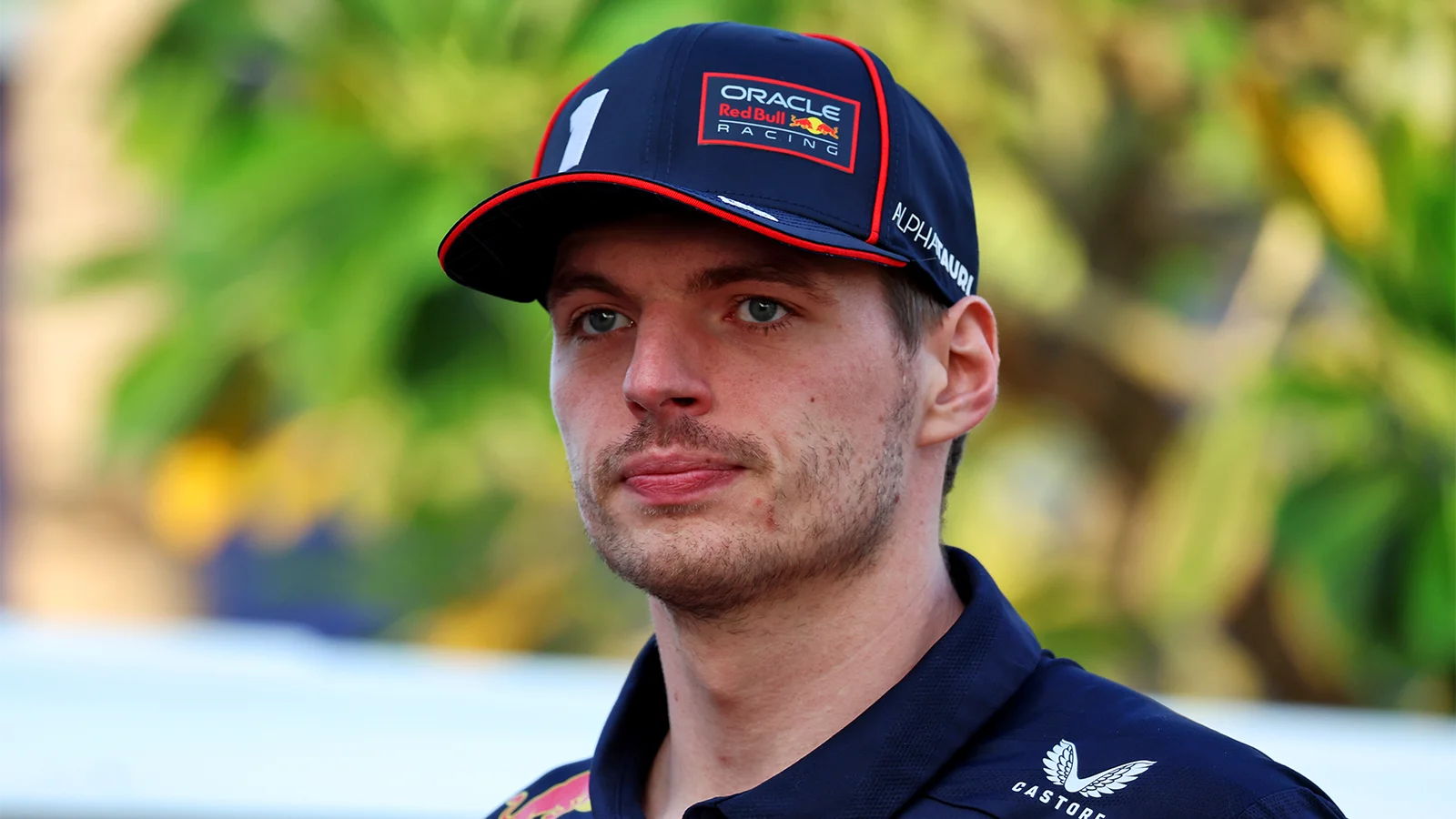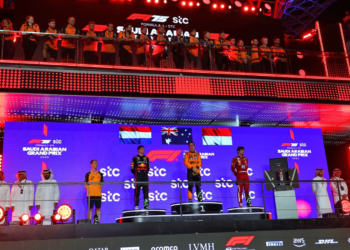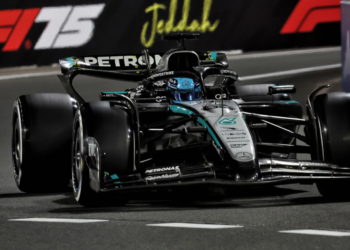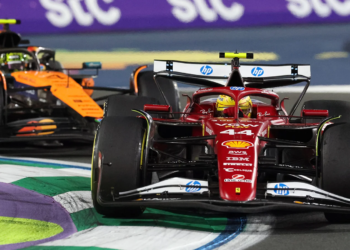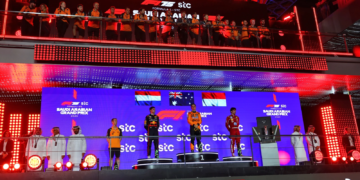Max Verstappen claims Red Bull can’t wholly blame its old wind tunnel for the development crisis it finds itself in for the 2025 Formula 1 campaign.
Once upon a time, Red Bull built the class-leading cars of the F1 pack, enabling Verstappen to win his first title and dethrone the all-conquering Mercedes in 2021, before making the best of the ground effect rules upon their introduction in 2022.
Then came the historically dominant RB19 of 2023, which won all but one race scheduled that year and its successor looked set to carry on that trend before the competition caught up and Red Bull developed its RB20 into a capricious machine wrought with through-corner balance issues.
Those issues appear more prevalent with 2025’s RB21, coupled with tyre deg problems and the narrative developing at Red Bull is that correlation issues are blocking its development path.
After a below-par finish of sixth for Verstappen last time out in Bahrain, Red Bull Team Principal Christian Horner told select media, including Motorsport Week, it’s “like telling the time on two different watches.”
Horner pointed towards the 70-year-old Bedford wind tunnel Red Bull has augmented over the years as a contributor to its correlation issues, but Verstappen believes the blame can’t solely be attributed in this direction.
“Of course, we’re not entirely happy with it and we’re working on a new wind tunnel,” Verstappen told Dutch media and Autosport.
“It just takes time, but we already knew that. It’s not a new thing this season. We saw back in 2023 that you can’t detect certain things in the wind tunnel.
“But the team has experience with that, so they know which direction they should develop in.
“The only issue is that they can’t perfect some small details.
“But it worked in 2022 and 2023, and in 2021 we also had a good car under different regulations. So I wouldn’t just attribute everything to [the wind tunnel].”
Verstappen’s remarks aren’t too dissimilar to Horner’s, who noted that the correlation issues in the final year of the current regulations make things difficult in a particular way.
“We’re at the end of a set of regulations where the gains are very very marginal and I think we’re seeing some of the shortcomings in our current tunnel that struggles in that area,” he said.
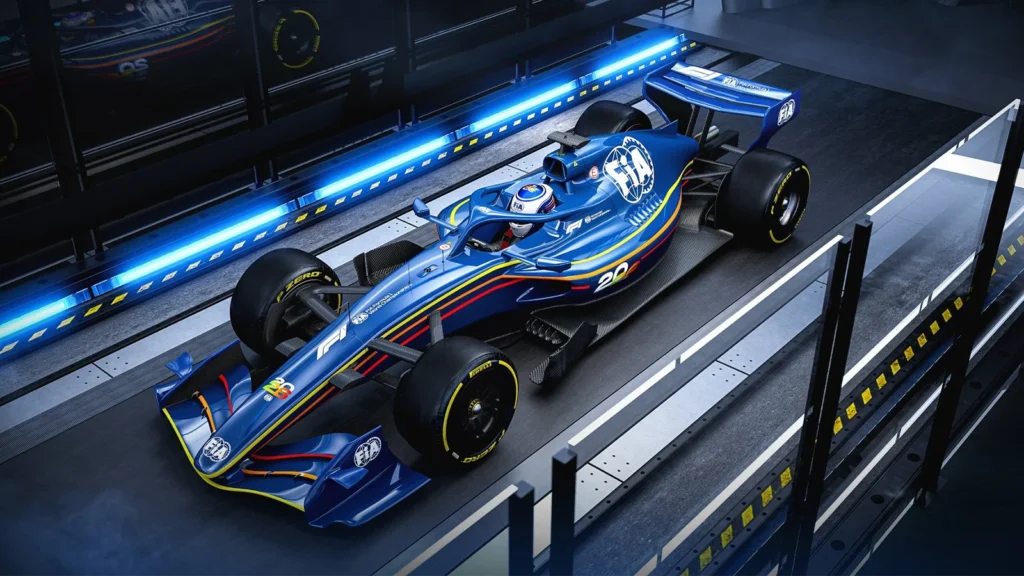
Red Bull not harbouring fears wind tunnel will prompt 2026 disaster
Verstappen isn’t too concerned that the Beford wind tunnel will negatively impact Red Bull’s 2026 creation.
“Well that’s a completely different car, so you can’t compare that,” he said.
“It could be a different team that suddenly gets everything right.”
Again, Horner too, isn’t concerned that 2026 will suffer too much from Red Bull’s wind tunnel deficiencies.
The increments on ‘26 are, if you’re not into the final few points of downforce when you’re making significant steps, the tunnel and the tool that we have as it’s proved before is more than capable for those incremental gains,” he said.
“And of course you need to fix or understand the issues and limitations you have because inevitably you will get to that point in the future.”
Red Bull is currently on schedule to complete a new wind tunnel in Milton Keynes in 2026, where the team’s 2027 machine will be developed.
READ MORE – Why Yuki Tsunoda thinks he can beat Max Verstappen at Red Bull

